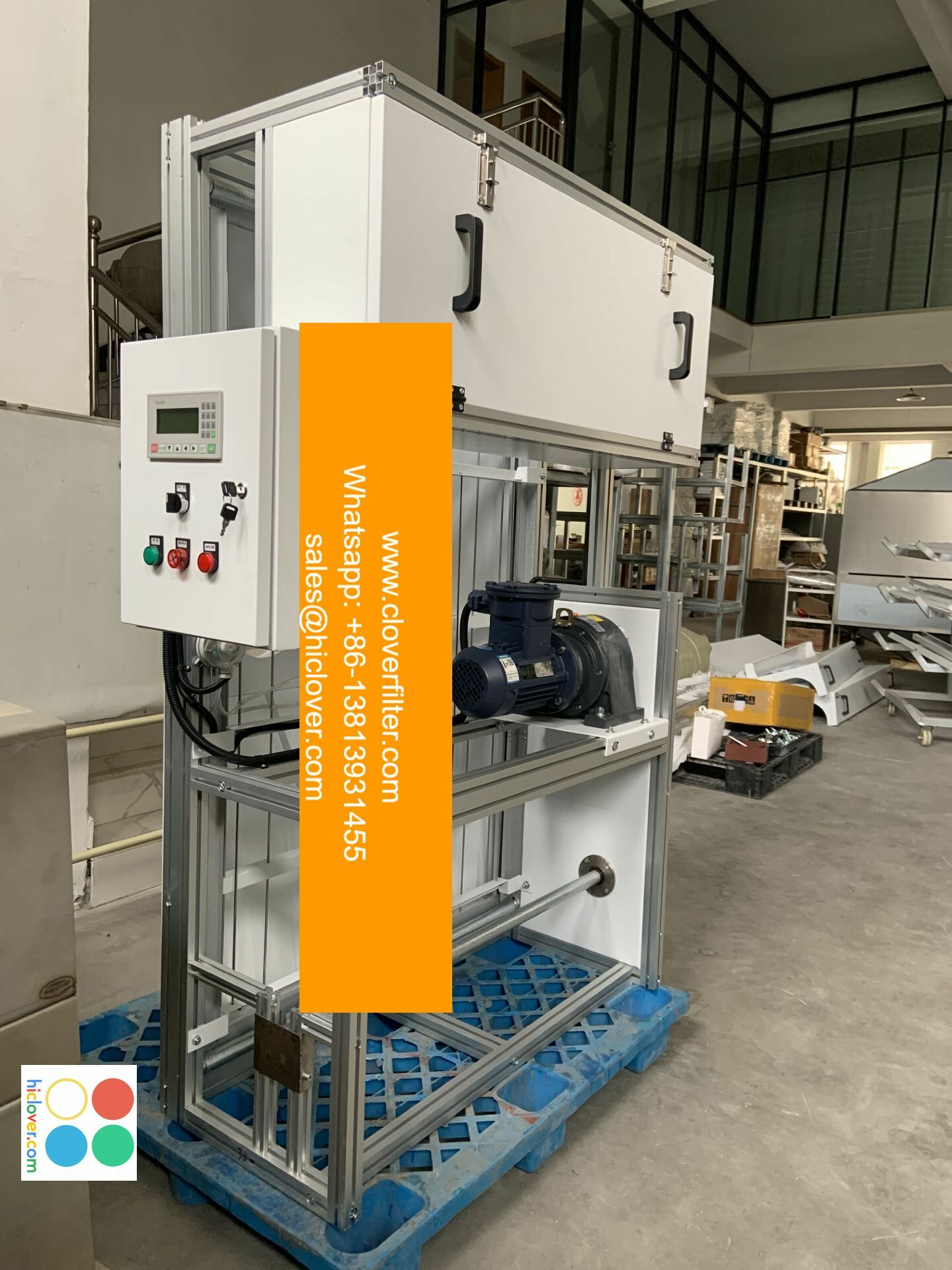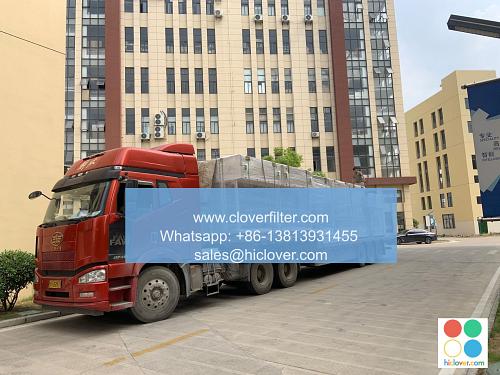Compliance Requirements for Air Filter Contacts in Education and Healthcare

The importance of clean air in educational and healthcare facilities cannot be overstated Indoor Air Quality (IAQ) and Air Filtration Systems play a critical role in maintaining a healthy environment for students, patients, and staff. As such, it is essential to understand the Compliance Requirements for air filter contacts in these settings. In this article, we will delve into the Regulatory Framework, Industry Standards, and Best Practices for air filter contacts in education and healthcare.
Regulatory Framework
In the United States, the Occupational Safety and Health Administration (OSHA) sets standards for Indoor Air Quality (IAQ) in the workplace, including educational and healthcare facilities. The Environmental Protection Agency (EPA) also provides guidelines for Air Quality Management in schools and healthcare settings. Additionally, the Centers for Disease Control and Prevention (CDC) and the World Health Organization (WHO) offer recommendations for Air Filtration and Ventilation in healthcare facilities.
Industry Standards
The American Society of Heating, Refrigerating, and Air-Conditioning Engineers (ASHRAE) sets standards for VENTILATION and AIR FILTRATION in various applications, including educational and healthcare facilities. The National Air Filtration Association (NAFA) also provides guidelines for Air Filter Selection and Maintenance. Furthermore, the International Organization for Standardization (ISO) offers standards for Air Quality Management and Air Filtration in various industries.
Best Practices
To ensure compliance with regulatory requirements and industry standards, educational and healthcare facilities should follow Best Practices for air filter contacts, including:
* Regular Maintenance of air filtration systems
* Proper Selection of air filters based on MERV Ratings and Filter Efficiency
* Monitoring of Indoor Air Quality (IAQ) and Air Filtration System Performance
* Training of personnel on Air Filter Maintenance and Replacement
Application Areas
Air filter contacts are used in various Application Areas in education and healthcare, including:
* Classrooms and Administrative Offices in educational facilities
* Patient Rooms, Operating Rooms, and Laboratories in healthcare facilities
* Corridors and Common Areas in both educational and healthcare facilities
* Specialty Areas, such as Isolation Rooms and Pharmacies
In conclusion, compliance with regulatory requirements and industry standards for air filter contacts is crucial in educational and healthcare facilities to maintain a healthy Indoor Air Quality (IAQ) and prevent the spread of Airborne Pathogens. By following Best Practices and understanding the Regulatory Framework and Industry Standards, facilities can ensure a safe and healthy environment for students, patients, and staff. It seems like you haven’t provided a specific question or topic for me to address. Could you please provide more details or clarify what you would like to discuss? I’m here to help and provide information to the best of my abilities. What’s on your mind?

